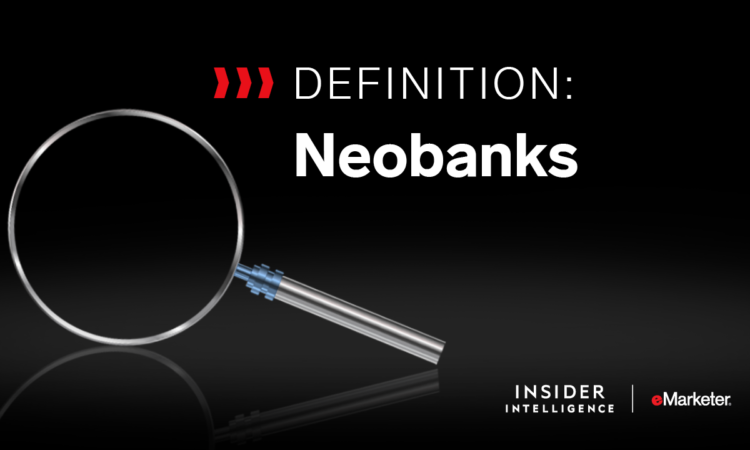
In 2022, neobank investors shifted focus from growth at all costs to profitability. Most of the world’s 291 neobanks were not able to turn a profit—and investors were losing patience. With the funding drought unlikely to abate, the future of neobanks is uncertain.
Industry pundits are already speculating whether neobanks can pivot quickly enough to survive. They’ll need to align their marketing strategies, products, policies, and customer support activities to drive profitable growth—while also bracing for regulation. Successful neobanks will emerge from the ashes leaner, stronger, and more efficient.
Neobanks aren’t saddled by traditional banking technology and costly networks of physical branches. Instead, all of their banking services are conducted completely online via desktop or mobile app. There are two types: a full-stack neobank or a front-end-focused neobank.
A full-stack neobank (like Varo) is a standalone bank with its own banking license and can operate completely independently. Comparatively, a front-end-focused neobank (like Chime) does not have its own banking license and must operate in partnership with either a traditional or legacy bank to provide its services to customers.
The top three factors that US checking account users considered before choosing their most recent checking account were fees, mobile banking capabilities, and online banking capabilities, according to Insider Intelligence’s US Account Opening Feature Demand Report 2023. Neobanks provide digital-first services as well as:
- Easy access: As neobanks are fully digital, they are accessible to customers any time, anywhere. Account opening can also be easier and quicker as some neobanks don’t check banking histories.
- Lower fees and rates: Since neobanks don’t have to maintain physical branches, they can offer lower fees and rates to customers. But there could be other fees requiring a certain number of transactions per month to get the best interest rates.
- Want to learn more about neobanks and other finance trends? Sign up for the Banking & Payments newsletter.
These are the top four US neobanks, by market account holders, according to Insider Intelligence’s forecasts for 2023:
- Chime (14.4 million)
- Varo (3.8 million)
- Aspiration (3.6 million)
- Current (3.4 million)
These are the top four neobanks in the UK, by account holders, according to Insider Intelligence’s forecasts for 2023:
- Monzo (4.6 million)
- Revolut (4.1 million)
- Starling (2.4 million)
- Monese (1.6 million)
In 2023, there will be 17.3 million US neobank bank account holders, representing 6.5% of the total population. As funding dries up, neobanks will need to look to new revenue streams and tighten their risk management controls to focus on bringing on more profitable customers. They will also need to find a way to increase trust and awareness among consumers.
How are neobanks different from traditional banks?
The primary difference between neobanks and traditional banks is that neobanks are entirely digital without any physical branch locations—they’re accessed via a computer, tablet, or smartphone. To remain competitive, traditional banks may leverage the technology from neobanks so their customers can benefit from digital offerings.
Consumer frustration with legacy banking, combined with an increased appetite for digital solutions, has accelerated the shift to digital-only banking. Increased consumer interest in swapping out cash and credit cards for financial service mobile apps is stimulating competition worldwide, which has driven neobanks to roll out extravagant features, like overdraft protection and sign-up incentives.
What are the regulations around neobanking?
Neobanks are categorized as financial institutions instead of as banks, which means they don’t adhere to the same regulations as traditional banks. For example, neobanks don’t need to have a bank license under federal or state regulations. However, to ensure deposits are insured by the Federal Deposit Insurance Corporation (FDIC), they usually partner with a regulated financial institution.
What does the future of neobanks look like?
The number of US neobank account holders will grow slowly over the next few years as they struggle to deliver the lavish incentives, low to no fees, and innovative products that they initially promised consumers.
Insider Intelligence predicts that the number of neobank mergers, acquisitions, and bankruptcies will rise. However, a small handful of neobanks will emerge stronger.
As the number of neobanks dwindles, those that remain will have to create a foothold in the market by meeting customers’ needs and earning their trust. To carve out a leadership position, neobanks should benchmark themselves against their full peer set, including incumbent banks, new entrants, and Big Tech firms.





